Dismantling the built-in washing machine
 Sooner or later you need to remove the built-in washing machine from the furniture set. The need for repairs, moving, or simply the desire to buy more modern equipment – it doesn’t matter: the machine still needs to be removed from the cabinet. A simple task in practice becomes difficult to accomplish, since the unit is held tightly in the niche and seems impregnable. It is quite difficult to get the built-in washing machine without damaging the set and the machine itself. To do everything quickly, accurately and competently, you must strictly follow the instructions.
Sooner or later you need to remove the built-in washing machine from the furniture set. The need for repairs, moving, or simply the desire to buy more modern equipment – it doesn’t matter: the machine still needs to be removed from the cabinet. A simple task in practice becomes difficult to accomplish, since the unit is held tightly in the niche and seems impregnable. It is quite difficult to get the built-in washing machine without damaging the set and the machine itself. To do everything quickly, accurately and competently, you must strictly follow the instructions.
Procedure for removing the machine
It is not recommended to rush to dismantle the built-in washing machine. It is necessary to act in a certain sequence, preparing and disconnecting the equipment from communications. Ideally, you should call an assistant - the machine weighs 50-80 kg and is pulled out in a very awkward position. In order not to drop the unit, it is better to “attract” extra workers. Before removing the equipment, you must perform the following procedures:
- disconnect the built-in machine from the power supply;
- fix the power cord on the body of the washing machine so that it does not interfere with dismantling;
- turn off the water by turning the pressure tap;
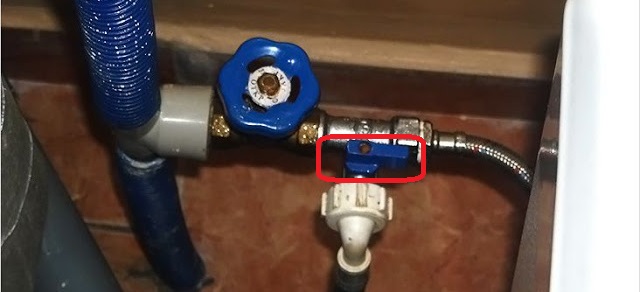
- unscrew the inlet hose from the water pipe, drain the water from it and secure it to the body;
- disconnect the drainage hose from the siphon or sewer riser (be sure to drain the water and fix it on the machine);
- remove additional fasteners (sometimes workers, when installing equipment, screw in holders to make the machine more stable);
- get rid of the front projection of the niche (without it, getting the machine gun is much easier);
- Screw the legs of the washing machine to the minimum height.
Before dismantling the built-in washing equipment, it is necessary to disconnect it from the communications and unscrew the additional fasteners.
Having prepared the equipment, you can begin dismantling. You need to open the washing machine door and grab its front wall at the top of the hatch. Then you should lift the machine, simultaneously moving it towards you. If something interferes, then it is prohibited to use force - it is better to inspect the body of the washer again and find out what it clings to. Then the unit will leave the niche without damage or surprises.
To make it easier for the machine to “slide” to the exit, it is recommended to place an old cloth under the legs of the machine. This move will also protect the flooring - otherwise heavy equipment will scratch the linoleum or tiles.
Preparing the machine for transportation
Rarely does a dismantled washing machine go straight to a landfill. More often, it requires further transportation to transport the equipment to the country, to a service center for repairs, or to a new owner after sale. In any case, the machine must be prepared for moving. Otherwise, you can damage the key components of the washing machine due to machine shaking. The first step is:
- drain all the water from the machine through a garbage filter (there is always some liquid left at the bottom of the tank and in the pipes, which must be removed before transportation);
- fix the hoses on the body (the manufacturer has provided special grooves and clamps);
- close the hatch door (so that the hinges do not become loose);
- cover the powder receptacle with tape (otherwise it will fall out of the body and get in the way);
- Wrap all protrusions and corners with paper or a rag (ideally, use a foam frame).
Before transporting the washing machine, it is recommended to screw the shipping bolts through special holes on the rear panel of the case - they will secure the tank and protect shock absorption.
The next step is to fix the tank in a stationary position. It is best to screw the transport bolts into the machine, which come with any washing machine and are removed before its first start. If the rods are not preserved, then you will have to protect the drum in a less reliable and labor-intensive way:
- remove the top cover of the case by unscrewing the retaining bolts;
- fill the empty space between the tank and the body with soft material (foam, foam rubber, textile);
- return the cover to its place.
At the “finish”, the washing machine is completely wrapped in fabric and tied with rope. The machine is now ready for transportation.
Proper transportation of the machine
Once prepared for transportation, the washing machine can be carried and loaded into a vehicle. But here, too, there are several nuances, the observance of which determines the performance of the equipment. The first is to correctly lower the machine down the stairs: despite the weight and dimensions of the washing machine, it cannot be turned over. Only a slight tilt back is allowed, but it is better to keep the unit strictly vertical.
The second point concerns the transportation itself. Manufacturers allow the washing machine to be transported in three positions:
- standard, standing;
- on one of the side walls;
- on the back panel.
The method of transportation is selected depending on the characteristics of the vehicle. If you are using a truck, it is better to park the machine standing. In a small-sized car, you will have to place the washing machine on its side or back.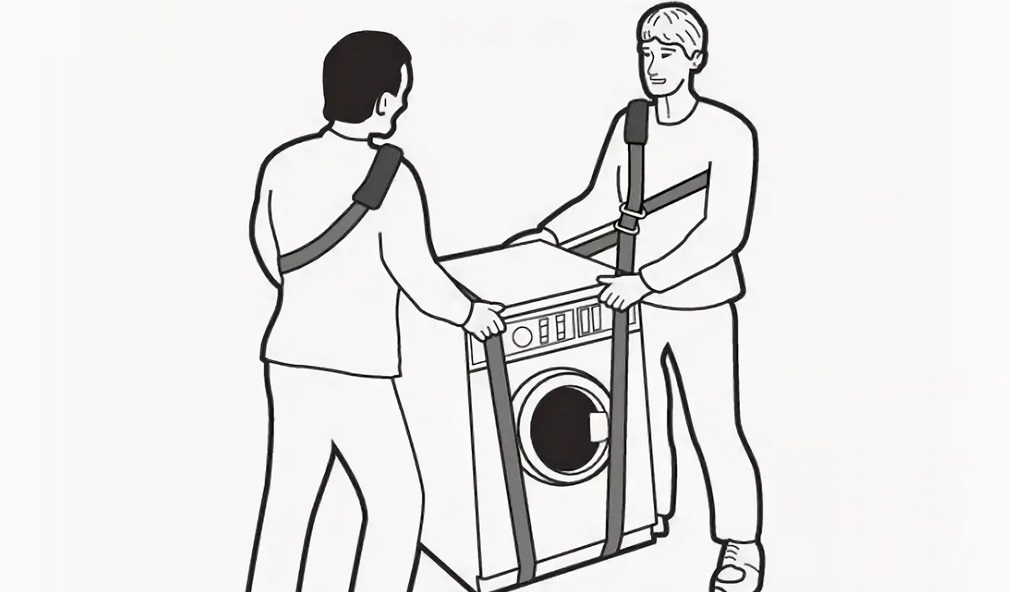
According to experts, the ideal option is to place the washing machine vertically and turn it sideways in the direction of movement. The main thing is to secure the tank with shipping bolts or soften it with foam rubber. If other equipment or furniture is transported in the back, it is recommended to “squeeze” the machine between heavy objects on two or more sides. Then the unit will be fixed as much as possible, and the dampers, contacts and hoses will not suffer from possible machine shaking.
It is prohibited to turn the washing machine upside down during transportation - this is unsafe for the engine and tank.
It is strictly not recommended to install the washing machine on the top cover. Firstly, shock absorbers will not be able to smooth out shaking during transportation. Secondly, the engine will suffer from overload. It is permissible to turn the machine over only after the water has been completely drained and the motor has been dismantled.
When choosing to transport the washing machine on its side, you should remember the powder receptacle. There is always water left in it, which, when turning the machine, can flow out, get onto the control board and damage the contacts. To avoid damaging the electronics, you should first wipe the dispenser dry or remove it from the case.
The back wall is safe to transport most washing machines. The only exceptions will be models from Zanussi. The fact is that on these machines the inlet valve is located next to the counterweights. When laying the equipment on the backdrop, the blocks rest against the valve mechanism, which breaks under the weight of the concrete. It is strictly forbidden to place the washing machine on the front wall. Flimsy door hinges and cuffs will not withstand the weight, they will burst and tear. The glass of the hatch will also be at risk - it will break.
Interesting:
Reader comments
- Share your opinion - leave a comment



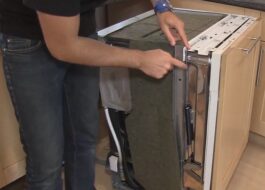
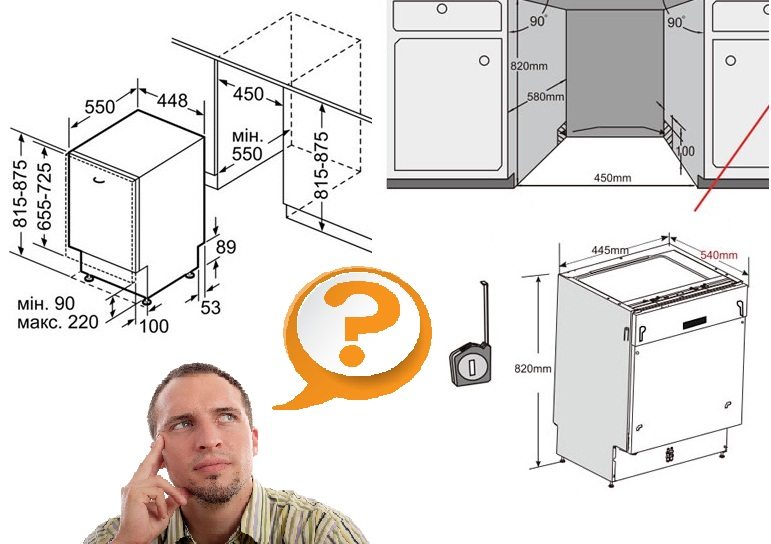
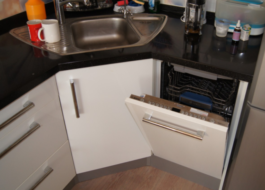
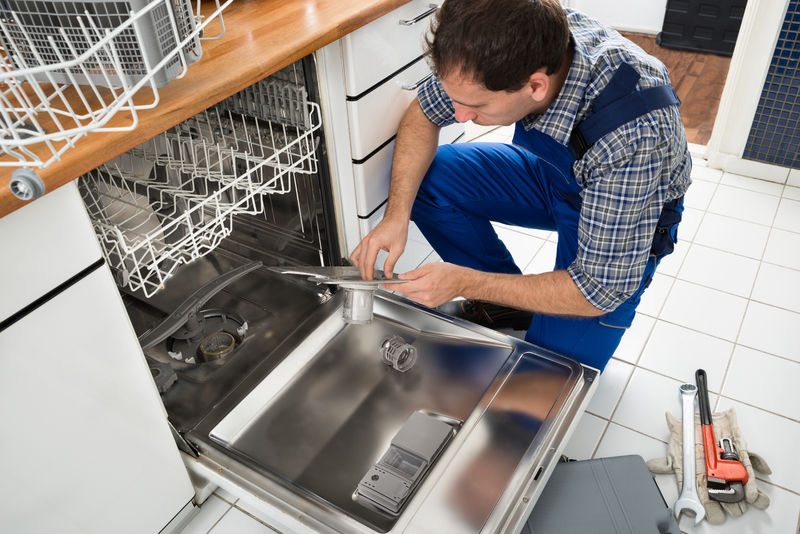














Add a comment